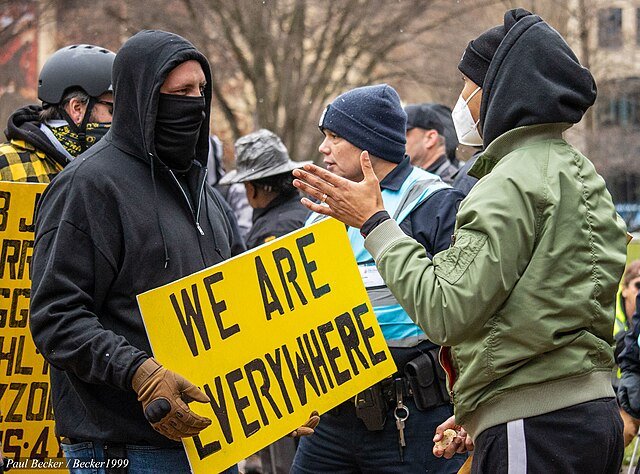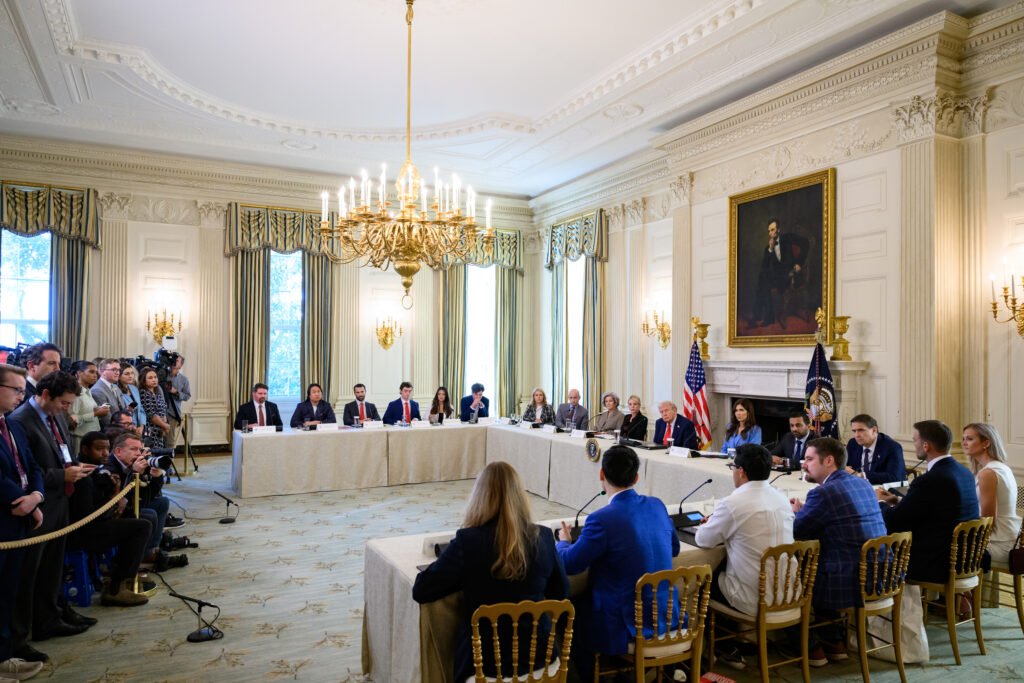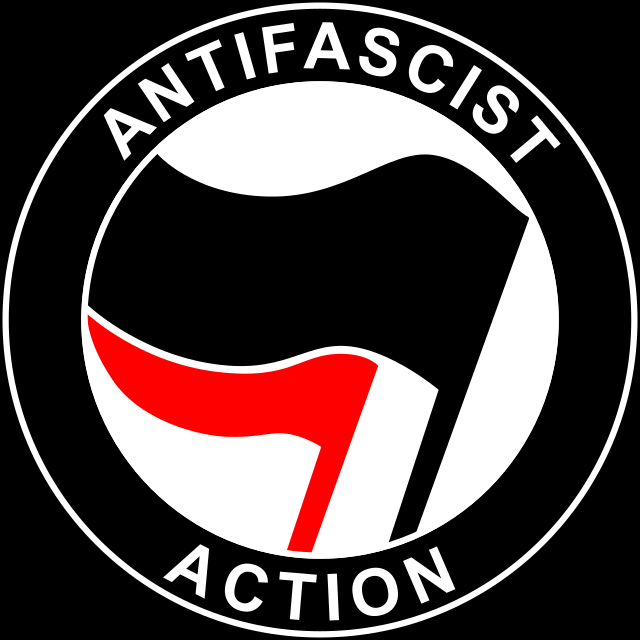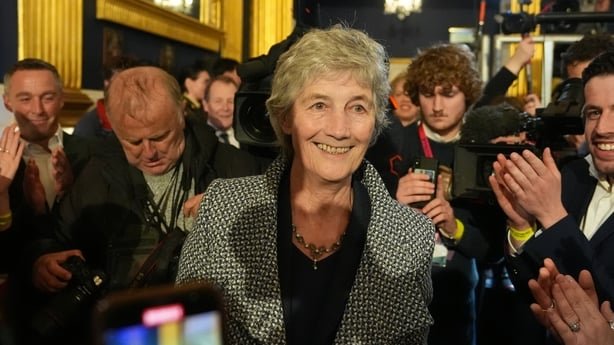When Attorney General Pamela Bondi calls Antifa a “radical terrorist organization,” she taps into a national conversation that’s as charged as it is complex. The posts from Bondi and the White House on X frame Antifa as a direct threat to U.S. government and law enforcement. But what is Antifa really, and how much of the rhetoric matches reality?
What Is Antifa?
Antifa, short for “anti-fascist”, is not a single organization with a headquarters or a formal membership list. Instead, it’s a decentralized movement made up of groups and individuals united by opposition to fascism, white supremacy, and authoritarianism. In the U.S., Antifa’s roots trace back to the 1980s with anti-racist groups like Minneapolis’ Anti-Racist Action. The term gained prominence in the 2000s, especially with the creation of Rose City Antifa in Portland, Oregon, in 2007.

Participants often identify as anarchists, socialists, or anti-authoritarians. Their tactics range from peaceful protests to more confrontational “direct actions” aimed at countering far-right extremists. While most Antifa activity is nonviolent, there have been documented clashes with white supremacist groups and law enforcement.
The Controversy Around the Label “Terrorist Organization”

The Trump administration in 2025 formally designated Antifa as a “domestic terrorist organization,” citing alleged violent acts and rhetoric calling for the overthrow of the government. But legal experts question this move. U.S. law does not currently provide a mechanism for officially labeling domestic entities as terrorist groups, and some warn the designation could infringe on First Amendment rights.
Historians and scholars argue that the movement’s decentralized nature makes it difficult to define or regulate. For example, Mark Bray, author of Antifa: The Anti-Fascist Handbook, received threats after being publicly linked to Antifa, even though he denies being an active member.
Why This Matters:
Understanding Antifa requires separating fact from political narrative. It’s real as a social movement, but calling it a unified “terrorist organization” oversimplifies a diverse and loosely organized network. The debate over this label also touches on broader questions about free speech, protest, and how the government addresses domestic threats.

Summary:
Antifa is neither a traditional organization nor easily categorized. While some of its actions have led to confrontations, much of the portrayal as a “radical terrorist group” is contested.
👉🏿 For readers trying to make sense of the headlines, the key takeaway is this: Antifa is real, but understanding its nature, and the political stakes in labeling it a threat, requires nuance.



